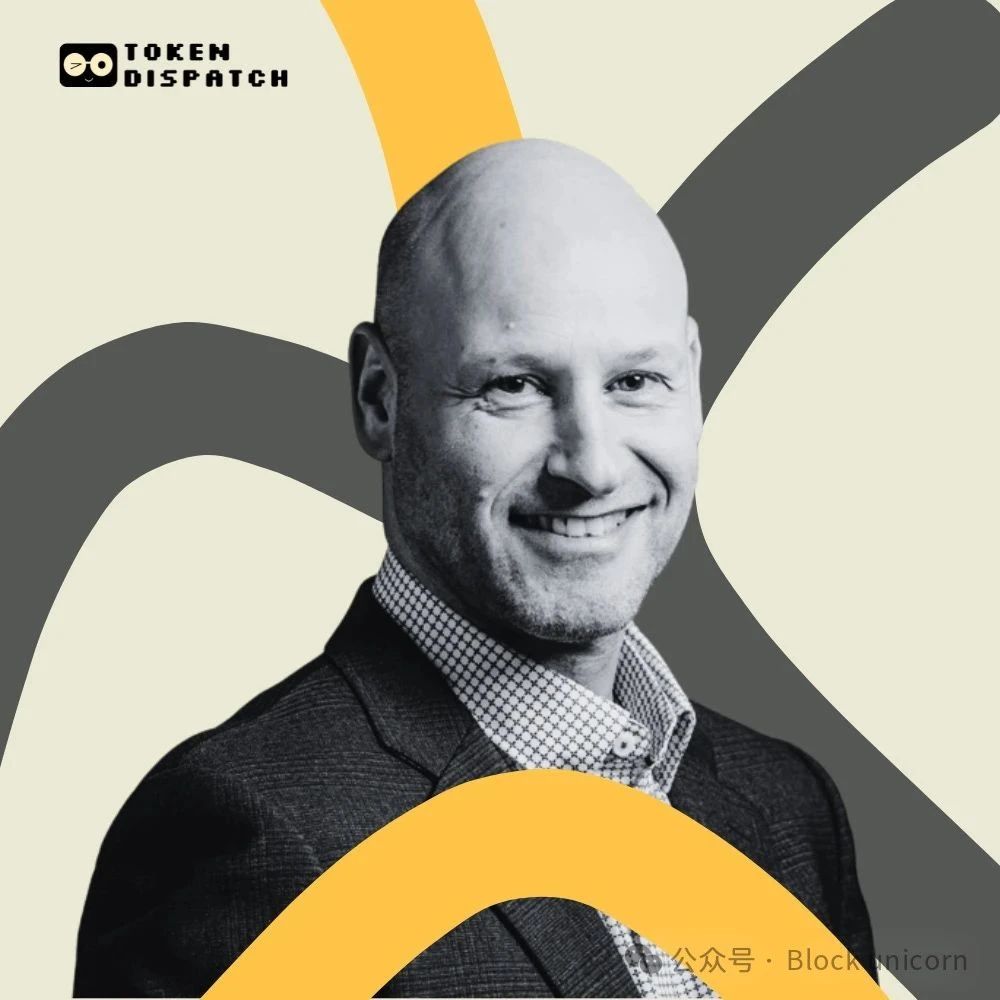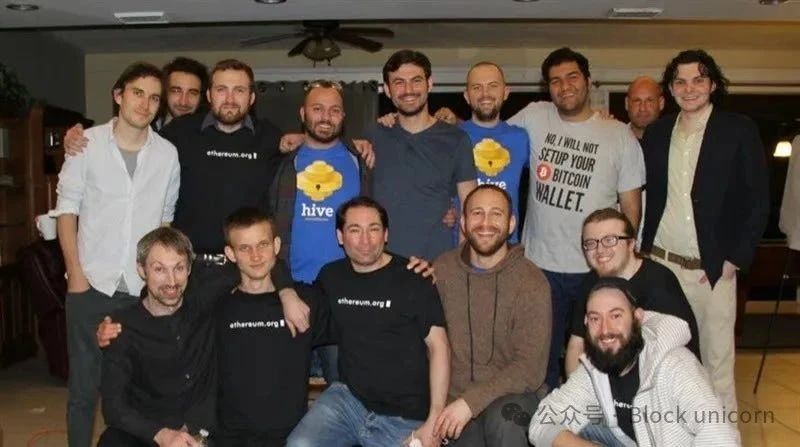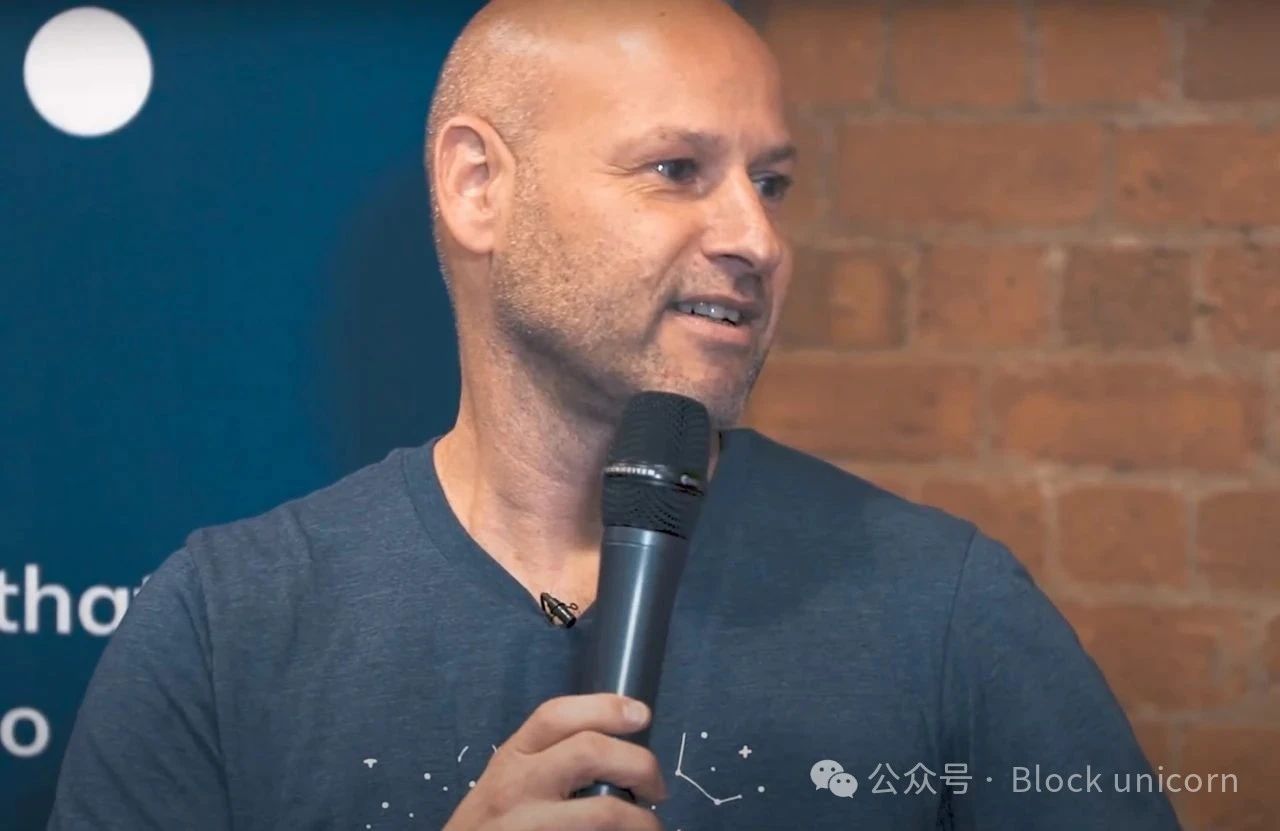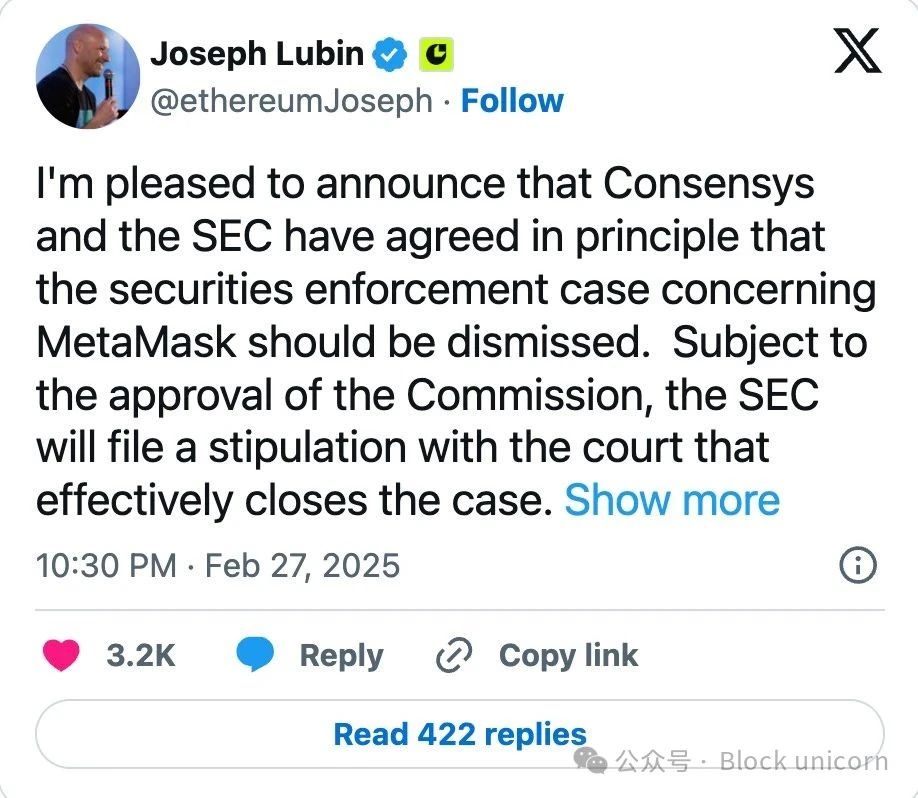Bitcoin has Saylor, Ethereum has Joe Lubin.
Author: Thejaswini M A
Article compiled by: Block unicorn

Introduction
Bitcoin has Saylor, Ethereum has Joe Lubin.
The co-founder of Ethereum has just convinced a casino marketing company to invest $425 million in programmable currency.
His recent initiatives include becoming the chairman of SharpLink Gaming and negotiating with sovereign wealth funds to build financial infrastructure on Ethereum. The U.S. Securities and Exchange Commission has just dropped its lawsuit against his company ConsenSys, clearing regulatory hurdles for larger plans.
Lubin's cryptocurrency journey began in Princeton's robotics lab, Goldman Sachs trading floor, and Jamaican music studios. His approach is methodical: first build the infrastructure, then push for application deployment.
Goldman Sachs Exit
Joe Lubin's cryptocurrency story began with the financial disasters he witnessed, rather than ideological beliefs.
September 11, 2001: Lubin, as the technology vice president of Goldman Sachs' private wealth management division, witnessed the attacks on the World Trade Center. Seven years later, he observed the global financial crisis from inside Wall Street.
His reaction was unusual. Lubin did not double down on traditional finance; instead, he went to Jamaica to make music.
This was not a midlife crisis. The financial system had exposed its vulnerabilities twice in a decade, and Lubin was present for both.
His journey into Goldman Sachs followed a predictable pattern. He pursued a degree in electrical engineering and computer science at Princeton University. For three years, he managed the robotics and expert systems lab, focusing on machine vision and autonomous vehicles. He worked for a time at Vision Applications, developing autonomous mobile robots. After that, he entered finance through software consulting.
By the late 1990s, Lubin found himself at the intersection of ambitious tech experts' dreams—the combination of technology and massive capital. His Princeton roommate, Michael Novogratz, made similar moves in traditional finance.
Then, the towers fell, the markets crashed, and Lubin believed the predictable pattern was not worth it.
Disillusioned with traditional finance, Lubin moved to Jamaica with his girlfriend to become a music producer.
However, the next chapter reads less like a retreat and more like an exploration.
Discovery of Bitcoin
In 2009, while developing music software in Jamaica's dancehall music scene, Lubin stumbled upon the Bitcoin white paper.
He later recalled, "When I encountered this technology, I experienced the 'Bitcoin moment' that many of us have gone through: it has the potential to change everything."
Lubin's Bitcoin moment differs from the typical cryptocurrency transformation story. His excitement stemmed from providing engineering solutions to systemic problems, rather than liberal ideals or financial speculation.
The 2008 financial crisis showcased how centralized financial institutions amplified risks to the entire economy. Bitcoin offered an alternative: a currency system that did not require intermediaries, which had just proven themselves unreliable.
For the next four years, Lubin accumulated Bitcoin while most in finance dismissed it. He was not building a community or preaching; he was learning.
By January 2014, everything changed.
Encounter with Ethereum
"In November 2013, Vitalik Buterin wrote the first draft of the Ethereum white paper. On January 1, 2014, I discussed the project with Vitalik and received a copy. That was my Ethereum moment. I was all in," he said.
"Vitalik envisioned a programmable blockchain that could do more than just transfer value. With my background in robotics and autonomous systems, I grasped its significance."
Months later, Lubin positioned himself as the business architect of Ethereum. Vitalik was responsible for the technical vision, while Lubin handled the practical operations of turning the white paper into a functioning system.
The process was dramatic. On June 7, 2014, the founding team of Ethereum gathered in Zug, Switzerland, planning to build Ethereum as a for-profit company. But internal political factors intervened. After private discussions, Vitalik announced that Charles Hoskinson and Steven Chetrit would exit, and Ethereum would become a non-profit foundation.
Lubin and others referred to it as the "Red Wedding," citing a betrayal scene from "Game of Thrones." For Lubin, this was not a setback but an opportunity.

Early Ethereum core team members at a house rented during the 2014 Miami Bitcoin Conference
The Ethereum Foundation would focus on protocol development. Others would need to build the commercial infrastructure to make Ethereum usable for businesses and institutions.
Building the Infrastructure Stack
ConsenSys was founded in October 2014, launching alongside the Ethereum mainnet. Lubin's approach was systematic: to build all the infrastructure needed for Ethereum as the foundation of a financial system.
ConsenSys did not bet on a single application but incubated projects covering the entire Ethereum stack:
Infrastructure: Infura provides API access to Ethereum nodes, which most decentralized finance (DeFi) applications rely on.
User Interface: MetaMask became the primary gateway for millions to access Ethereum applications.
Developer Tools: Truffle Suite became the standard for Ethereum development.
Enterprise Solutions: Kaleido offers blockchain-as-a-service for enterprise internal building needs.
Lubin described the early phase as a "chaotic incubator," spawning over 50 companies. Critics argued it lacked focus, while Lubin called it ecosystem building.
This approach reflects his engineering background. In robotics, you need to build perception systems, processing systems, execution systems, and coordination protocols. Lubin applied similar systematic thinking to Ethereum.
The Theory of Progressive Decentralization
Lubin's philosophical framework for building decentralized systems using centralized entities is known as "progressive decentralization."
This concept addresses a practical problem: how to initiate a decentralized network when decentralized coordination is itself challenging?
Lubin's strategy is to start centralized, build the infrastructure, and then gradually hand over control to the community as the technology matures.
This strategy has had varying degrees of success in ConsenSys projects. Truffle Suite became an open-source project driven by the community. ConsenSys has spun off dozens of projects into independent entities, including Gnosis, reducing its direct control over the ecosystem.
But the transformation is not yet complete. MetaMask is still primarily controlled by ConsenSys, and while Infura has discussed plans for decentralized node distribution, there is no specific timeline.
"There's nothing wrong with a fixed organizational entity trying to build an entity with a different organizational structure," he argues.
This philosophy has allowed ConsenSys to build Ethereum infrastructure without getting bogged down in governance debates or community politics. It has also positioned Lubin as a coordinator of the Ethereum business ecosystem while keeping a distance from protocol governance.

Regulatory Victory
In February 2025, the U.S. Securities and Exchange Commission (SEC) agreed to drop its lawsuit against ConsenSys. The case accused ConsenSys of earning over $250 million through MetaMask's staking and swapping services, violating securities laws.
ConsenSys filed a counterclaim in April 2024, arguing that treating ETH as a security would criminalize basic network usage.
The SEC dropped the case under the "new direction" guidance of the Trump administration, with no fines or additional conditions. Lubin stated, "Now we can focus 100% on building. 2025 will be the best year for Ethereum and ConsenSys."

SharpLink Deal
In May 2025, online casino affiliate marketing company SharpLink Gaming announced a $425 million private placement to build an Ethereum treasury. Joe Lubin became the chairman of the board.
Comparisons to Michael Saylor emerged immediately.
Similar to Saylor's MicroStrategy, SharpLink is making a significant bet on cryptocurrency using a corporate treasury strategy. Like Saylor, Lubin positions himself as a public figure for institutional adoption.
SharpLink's stock soared over 400% after the announcement, with a cumulative increase of over 900% in the past month. The list of participants includes well-known crypto venture capital firms: ParaFi Capital, Electric Capital, Pantera Capital, Arrington Capital, Galaxy Digital, Republic Digital.
Lubin has applied for an additional $1 billion in funding for SharpLink, of which "almost all" will be used to purchase ETH. If successful, this would create one of the largest corporate cryptocurrency treasuries.
This model represents active practicality rather than passive speculation.
Sovereign Fund Statement
The SharpLink deal may just be the prelude to a larger action.
In a recent podcast, Lubin stated that ConsenSys is negotiating with the sovereign wealth fund and major banks of "a very large country" to build infrastructure within the Ethereum ecosystem.
He refused to disclose the specific country. Reports indicate that the discussions focus on building institutional infrastructure for the Ethereum ecosystem, including a layer of protocols and customized layer-two solutions.
If true, this would validate Lubin's decade-long bet on Ethereum infrastructure. It would also distinguish Ethereum from other cryptocurrencies: as the foundational layer of national financial systems.
This timing coincides with central bank digital currencies (CBDCs) moving from the experimental phase to the implementation phase. Governments need programmable currency infrastructure, and Ethereum has the most mature developer ecosystem and institutional tools.
Lubin sees this as a logical progression: "Ethereum has a unique advantage in anchoring the next phase of the global financial system."
Our Perspective
61-year-old Lubin oversees a crypto empire built around making Ethereum truly usable. The most important creation of ConsenSys is MetaMask—a browser wallet that has become the gateway for millions to access DeFi.
Without MetaMask, the Ethereum ecosystem might still be confined to the developer realm. The company has also incubated dozens of other projects, from Infura's critical node infrastructure to Truffle's development tools.
ConsenSys does not hire traditional tech workers but has assembled a unique team: entrepreneurs with an engineering mindset, protocol architects who understand business, and corporate experts who can translate blockchain concepts for Fortune 500 boards.
The SEC's victory has eliminated regulatory uncertainty for ConsenSys's core products. The SharpLink treasury deal provides a public market tool for institutional adoption of Ethereum. If the discussions with sovereign funds come to fruition, it could position Ethereum as the infrastructure for national financial systems.
Lubin's vision extends beyond financial applications; it aims to fundamentally transform internet architecture—a decentralized World Wide Web (Web 3.0) where users own their data, applications resist censorship, and economic value flows directly between creators and consumers.
He explains, "Entrepreneurs and technologists are flocking to build a decentralized World Wide Web, Web 3.0. Once you see the profound impact of blockchain, you can't ignore it. Each new wave of hype will bring more and larger builders and user groups. For these people, there is no turning back."
His recent actions indicate that this vision is shifting from theory to practice.
免责声明:本文章仅代表作者个人观点,不代表本平台的立场和观点。本文章仅供信息分享,不构成对任何人的任何投资建议。用户与作者之间的任何争议,与本平台无关。如网页中刊载的文章或图片涉及侵权,请提供相关的权利证明和身份证明发送邮件到support@aicoin.com,本平台相关工作人员将会进行核查。



